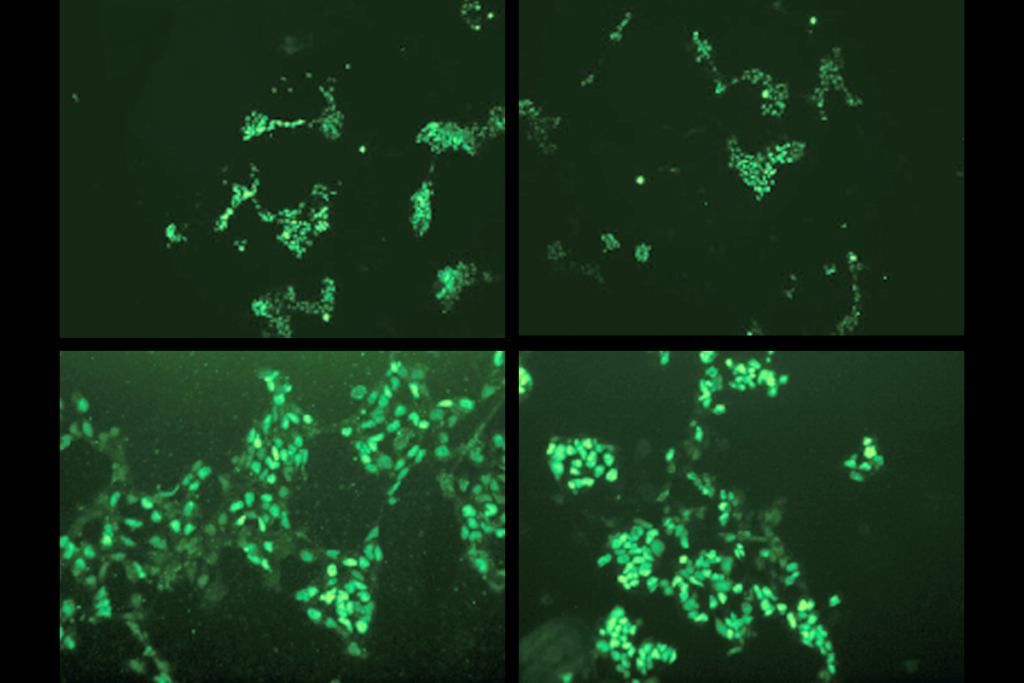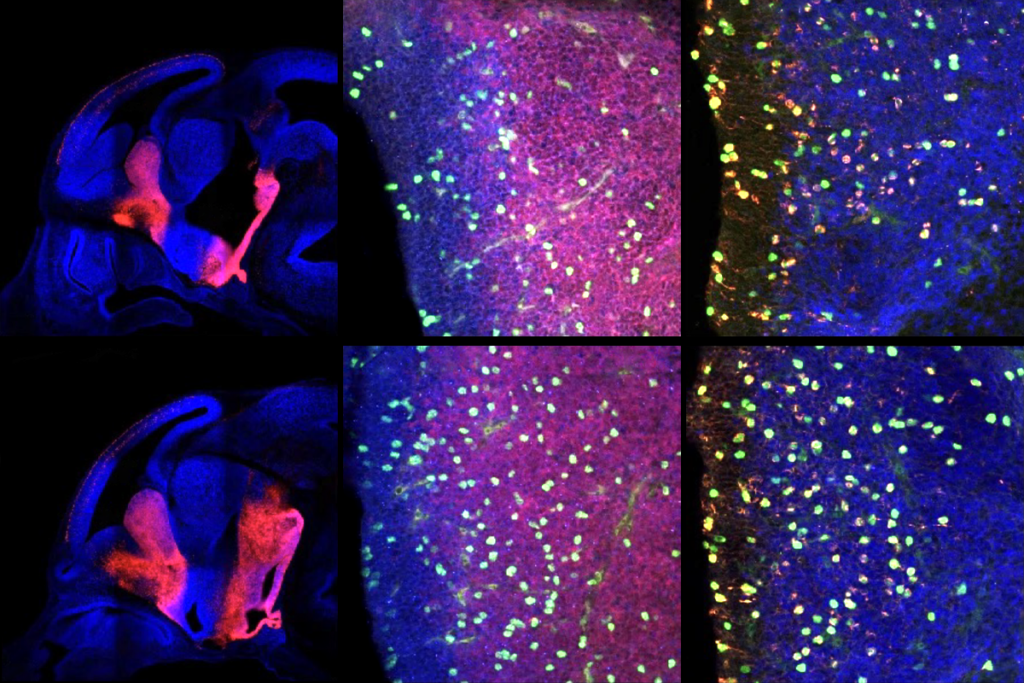Policy set to reduce gender inequality in biomedical studies
A new policy that aims to eliminate gender bias in animal and cell-based biomedical research is outlined in the 15 May Nature.
The sciences have a long history of inequality and discrimination against women, and autism research is no exception. Female researchers — especially those in high positions — are still a minority in labs, and few studies enroll women with the disorder.
The gender bias even extends to animal models. Researchers favor males — whether rodent or cellular — over females for their studies. This tendency to err toward the male might skew results and ultimately affect clinical trial design and drug development.
The National Institutes of Health (NIH) has at last taken heed of this problem. A new NIH policy aims to eliminate gender bias in animal and cell-based biomedical studies, according to a commentary published 15 May in Nature.
Beginning in October, the agency will fund only experiments that use an equal balance of male and female cells or animals — unless a study explicitly and justifiably aims to investigate some sex-specific question. To help ease the transition, the NIH plans to hold training sessions for staff, reviewers and grantees.
The policy reform has several implications for autism research. As in most other biomedical fields, male animal models dominate research on both autism and related disorders such as Rett syndrome.
Scientists tend to avoid using female rodents, on the assumption that hormonal fluctuations in the females might alter their results. But that’s precisely why they should include the females.
A 2012 study reported, for example, that female mice of two difference genetic backgrounds serve as reliable animal models for Rett syndrome. The disorder primarily affects girls, whereas boys with the disorder die in infancy. Male rodents with the Rett mutation, likewise, tend to quickly exhibit severe symptoms and die young.
This does not reflect the experience of Rett syndrome in girls, who usually take months to show any symptoms. The female mice’s symptoms also appear later than the males’, and they live longer. In other words, the female mice are more consistent with how Rett syndrome manifests in girls.
Doesn’t it make sense to use the female models, then, rather than the male mice most labs rely on?
Studying only male rodents might similarly prevent researchers from understanding the crux of sex differences in autism.
A growing body of research supports the notion that what we know about autism in boys does not necessarily translate to girls. Studies have found, for example, that girls seem to have some level of protection from autism. And the disorder also looks different in girls than it does in boys.
More boys are diagnosed with autism than girls, at a ratio of about four to one. Some of this gender imbalance may be real, but evidence also indicates that many girls with autism go undiagnosed because their symptoms do not follow the male model. As a result, these girls miss out on potentially helpful treatments.
In 1993, the NIH passed the Revitalization Act, which mandated that research it funds must include girls and women. As a result, today more than half of the participants in NIH-funded clinical research are women.
The new policy will hopefully usher in a similar shift in the way basic research is conducted. Ultimately, the researchers write, this will help to “ensure that the health of the United States is being served by supporting science that meets the highest standards of rigor.”
Recommended reading

Split gene therapy delivers promise in mice modeling Dravet syndrome

Changes in autism scores across childhood differ between girls and boys

PTEN problems underscore autism connection to excess brain fluid
Explore more from The Transmitter

U.S. human data repositories ‘under review’ for gender identity descriptors
